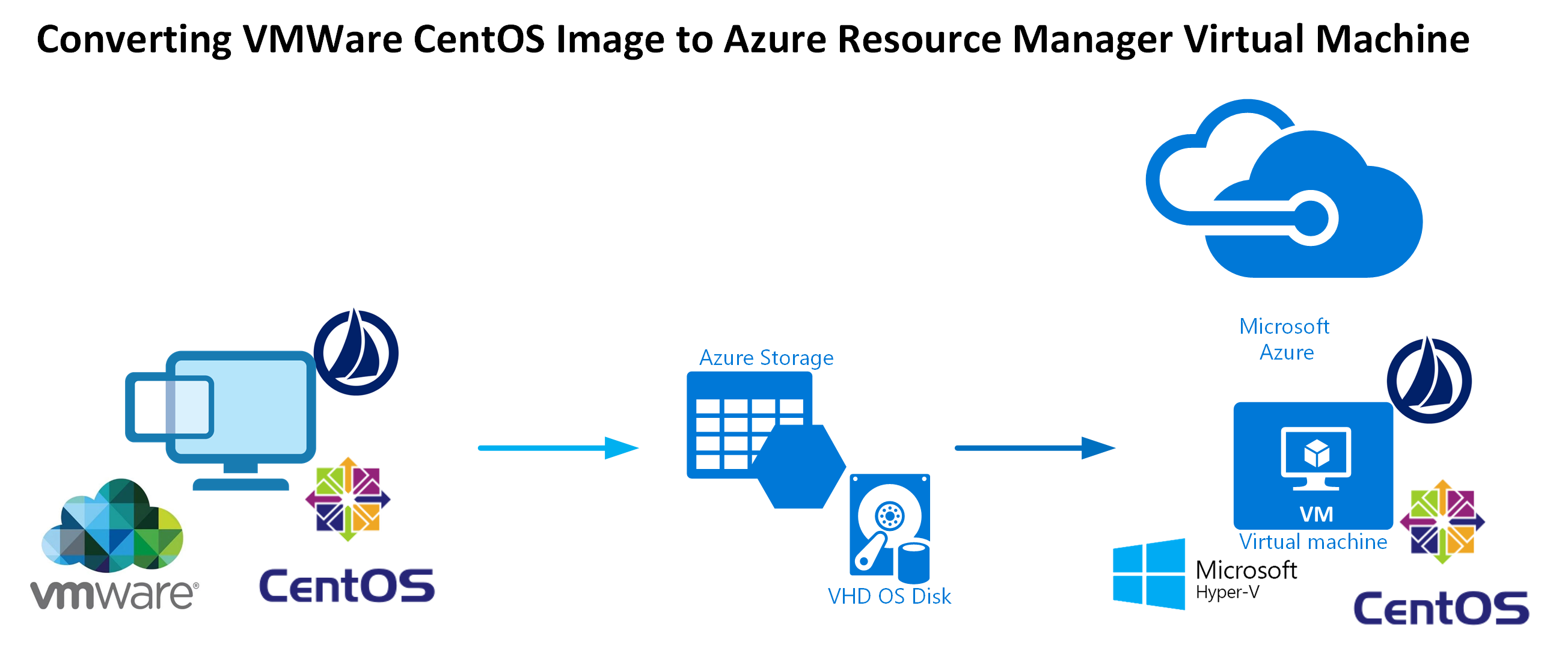Building a Breakfast Ordering Skill for Amazon Alexa – Part 1
First published at https://nivleshc.wordpress.com
Introduction
At the AWS Summit Sydney this year, Telstra decided to host a breakfast session for some of their VIP clients. This was more of a networking session, to get to know the clients much better. However, instead of having a “normal” breakfast session, we decided to take it up one level 😉
Breakfast ordering is quite “boring” if you ask me 😉 The waitress comes to the table, gives you a menu and asks what you would like to order.… [Keep reading] “Building a Breakfast Ordering Skill for Amazon Alexa – Part 1”



